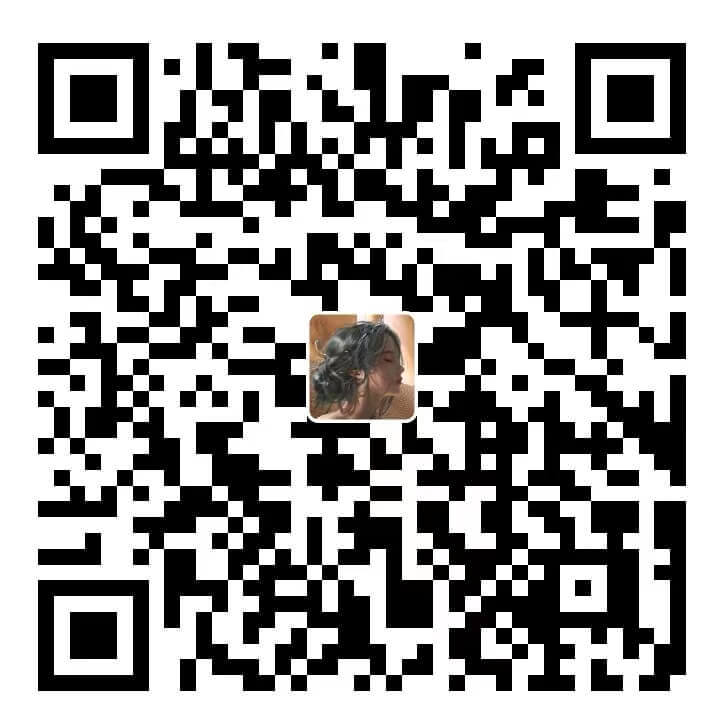前言 本文采用<script setup />的编写方式,比options API更自由。然后我们会讲以下七种组件通信方式:
props emit v-model refs provide/inject eventBus vuex/pinia 举个例子 本文将使用如下演示,如下图所示:
上图中,列表和输入框分别是父组件和子组件。根据不同的通信方式,会调整父子组件。
Props props 是 Vue 中最常见的父子通信方式,使用起来也比较简单。
根据上面的demo,我们在父组件中定义了数据和对数据的操作,子组件只渲染一个列表。
父组件代码如下:
1 2 3 4 5 6 7 8 9 10 11 12 13 14 15 16 17 18 19 20 21 22 23 24 25 26 27 28 29 <template> <!-- child component --> <child-components :list ="list" > </child-components > <!-- parent component --> <div class ="child-wrap input-group" > <input v-model ="value" type ="text" class ="form-control" placeholder ="Please enter" /> <div class ="input-group-append" > <button @click ="handleAdd" class ="btn btn-primary" type ="button" > add </button > </div > </div > </template> <script setup > import { ref } from 'vue' import ChildComponents from './child.vue' const list = ref (['JavaScript' , 'HTML' , 'CSS' ])const value = ref ('' )const handleAdd = ( list.value .push (value.value ) value.value = '' } </script >
子组件只需要渲染父组件传递的值。
代码如下:
1 2 3 4 5 6 7 8 9 10 11 12 13 14 <template> <ul class ="parent list-group" > <li class ="list-group-item" v-for ="i in props.list" :key ="i" > {{ i }}</li > </ul > </template> <script setup > import { defineProps } from 'vue' const props = defineProps ({ list : { type : Array , default : () => [], }, }) </script >
Emit Emit也是Vue中最常见的组件通信方式,用于子组件向父组件传递消息。
我们在父组件中定义列表,子组件只需要传递添加的值。
子组件代码如下:
1 2 3 4 5 6 7 8 9 10 11 12 13 14 15 16 17 18 19 20 21 22 23 24 <template> <div class ="child-wrap input-group" > <input v-model ="value" type ="text" class ="form-control" placeholder ="Please enter" /> <div class ="input-group-append" > <button @click ="handleSubmit" class ="btn btn-primary" type ="button" > add </button > </div > </div > </template> <script setup > import { ref, defineEmits } from 'vue' const value = ref ('' )const emits = defineEmits (['add' ])const handleSubmit = ( emits ('add' , value.value ) value.value = '' } </script >
点击子组件中的【添加】按钮后,我们会发出一个自定义事件,并将添加的值作为参数传递给父组件。
父组件代码如下:
1 2 3 4 5 6 7 8 9 10 11 12 13 14 15 16 17 <template> <!-- parent component --> <ul class ="parent list-group" > <li class ="list-group-item" v-for ="i in list" :key ="i" > {{ i }}</li > </ul > <!-- child component --> <child-components @add ="handleAdd" > </child-components > </template> <script setup > import { ref } from 'vue' import ChildComponents from './child.vue' const list = ref (['JavaScript' , 'HTML' , 'CSS' ])const handleAdd = value => { list.value .push (value) } </script >
在父组件中,只需要监听子组件的自定义事件,然后执行相应的添加逻辑即可。
v-model v-model是Vue中一个优秀的语法糖,比如下面的代码。
1 <ChildComponent v-model:title ="pageTitle" />
这是以下代码的简写形式
1 <ChildComponent :title ="pageTitle" @update:title ="pageTitle = $event" />
这确实容易了很多。现在我们将使用v-model来实现上面的示例。
子组件代码如下:
1 2 3 4 5 6 7 8 9 10 11 12 13 14 15 16 17 18 19 20 21 22 23 24 25 26 27 28 29 30 31 32 33 <template> <div class ="child-wrap input-group" > <input v-model ="value" type ="text" class ="form-control" placeholder ="Please enter" /> <div class ="input-group-append" > <button @click ="handleAdd" class ="btn btn-primary" type ="button" > add </button > </div > </div > </template> <script setup > import { ref, defineEmits, defineProps } from 'vue' const value = ref ('' )const props = defineProps ({ list : { type : Array , default : () => [], }, }) const emits = defineEmits (['update:list' ])const handleAdd = ( const arr = props.list arr.push (value.value ) emits ('update:list' , arr) value.value = '' } </script >
在子组件中,我们先定义props和emits,添加完成后再发出指定的事件。
注意:update:*是Vue中固定的写法,*代表props中的一个属性名。
在父组件中使用比较简单,代码如下:
1 2 3 4 5 6 7 8 9 10 11 12 13 <template> <!-- parent component --> <ul class ="parent list-group" > <li class ="list-group-item" v-for ="i in list" :key ="i" > {{ i }}</li > </ul > <!-- child component --> <child-components v-model:list ="list" > </child-components > </template> <script setup > import { ref } from 'vue' import ChildComponents from './child.vue' const list = ref (['JavaScript' , 'HTML' , 'CSS' ])</script >
Refs 使用API选项时,我们可以通过this.$refs.name获取指定的元素或组件,但在组合API中不行。如果我们想通过ref获取,需要定义一个同名的Ref对象,在组件挂载后可以访问。
示例代码如下:
1 2 3 4 5 6 7 8 9 10 11 12 13 14 15 <template> <ul class ="parent list-group" > <li class ="list-group-item" v-for ="i in childRefs?.list" :key ="i" > {{ i }} </li > </ul > <!-- The value of the child component ref is the same as that in the <script> --> <child-components ref ="childRefs" > </child-components > <!-- parent component --> </template> <script setup > import { ref } from 'vue' import ChildComponents from './child.vue' const childRefs = ref (null )</script >
子组件代码如下:
1 2 3 4 5 6 7 8 9 10 11 12 13 14 15 16 17 18 19 20 21 22 23 24 25 26 <template> <div class ="child-wrap input-group" > <input v-model ="value" type ="text" class ="form-control" placeholder ="Please enter" /> <div class ="input-group-append" > <button @click ="handleAdd" class ="btn btn-primary" type ="button" > add </button > </div > </div > </template> <script setup > import { ref, defineExpose } from 'vue' const list = ref (['JavaScript' , 'HTML' , 'CSS' ])const value = ref ('' )const handleAdd = ( list.value .push (value.value ) value.value = '' } defineExpose ({ list })</script >
注意:默认情况下,setup组件是关闭的,通过模板ref获取组件的公共实例。如果需要公开,需要通过defineExpose API公开。
provide/inject provide/inject是 Vue 中提供的一对 API。无论层级多深,API 都可以实现父组件到子组件的数据传递。
父组件代码如下所示:
1 2 3 4 5 6 7 8 9 10 11 12 13 14 15 16 17 18 19 20 21 22 23 24 25 26 27 28 29 30 31 <template> <!-- child component --> <child-components > </child-components > <!-- parent component --> <div class ="child-wrap input-group" > <input v-model ="value" type ="text" class ="form-control" placeholder ="Please enter" /> <div class ="input-group-append" > <button @click ="handleAdd" class ="btn btn-primary" type ="button" > add </button > </div > </div > </template> <script setup > import { ref, provide } from 'vue' import ChildComponents from './child.vue' const list = ref (['JavaScript' , 'HTML' , 'CSS' ])const value = ref ('' )provide ('list' , list.value )const handleAdd = ( list.value .push (value.value ) value.value = '' } </script >
子组件代码如下所示:
1 2 3 4 5 6 7 8 9 10 <template> <ul class ="parent list-group" > <li class ="list-group-item" v-for ="i in list" :key ="i" > {{ i }}</li > </ul > </template> <script setup > import { inject } from 'vue' const list = inject ('list' )</script >
注意:使用provide进行数据传输时,尽量使用readonly封装数据,避免子组件修改父组件传递的数据。
eventBus Vue3 中移除了eventBus,但可以借助第三方工具来完成。Vue 官方推荐使用mitt或tiny-emitter。
在大多数情况下,不建议使用全局事件总线来实现组件通信。虽然比较简单粗暴,但是维护事件总线从长远来看是个大问题,这里就不解释了。有关详细信息,您可以阅读特定工具的文档。
7、vuex/pinia
Vuex和Pinia是 Vue3 中的状态管理工具,使用这两个工具可以轻松实现组件通信。由于这两个工具都比较强大,这里就不一一展示了。有关详细信息,请参阅文档。















